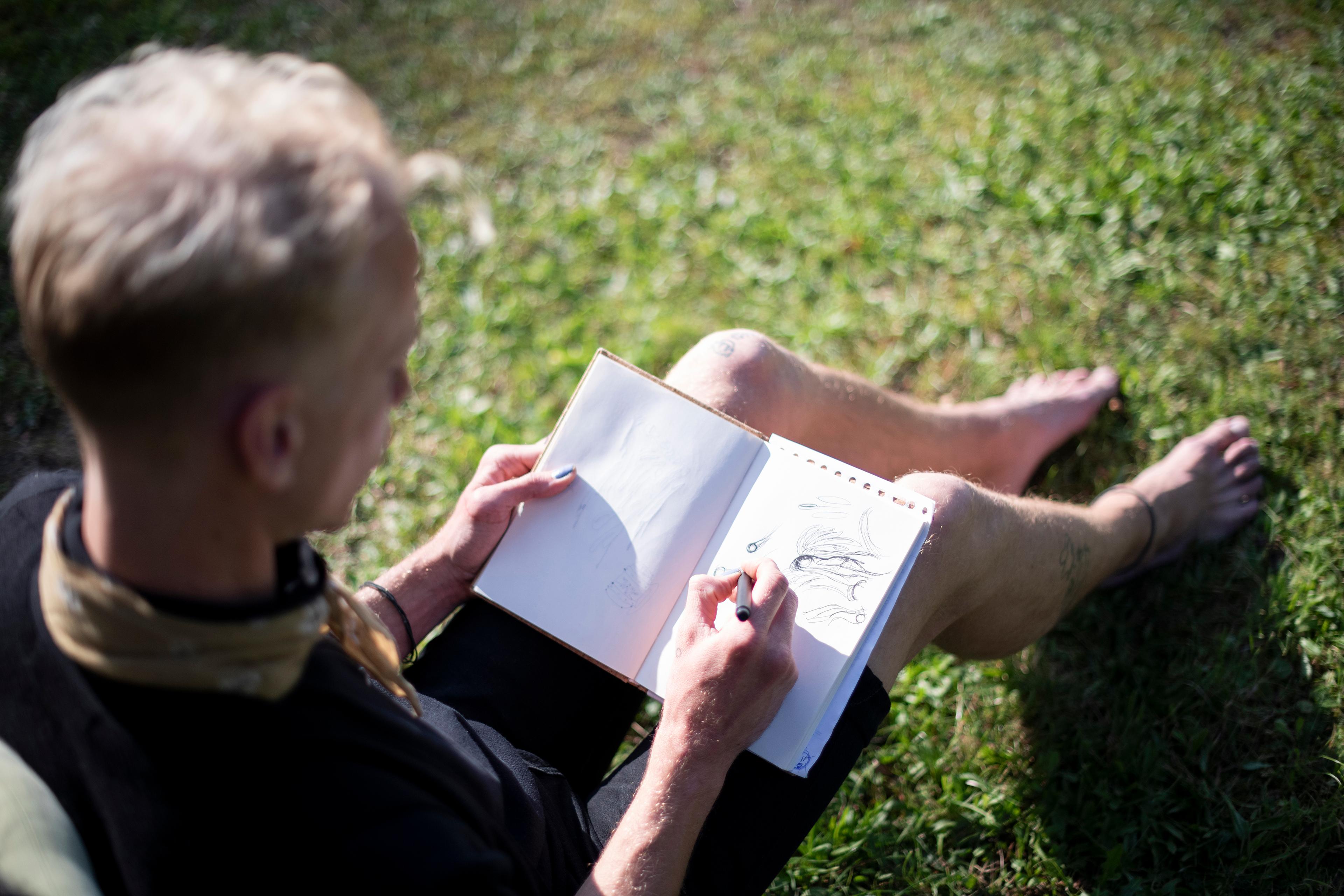The US psychotherapist Richard Schwartz is the architect of internal family systems therapy (IFS) – a therapeutic model centred on the idea that our inner worlds contain multiple distinctive sub-personalities that constantly interact, not unlike a family unit. In this brief video interview, the Belgian American psychotherapist Esther Perel interviews Schwartz about one of these sub-personalities that many of us often wish we could silence: our inner critic. Working from his IFS framework, Schwartz proposes that instead of fighting the loud critical voice in our heads, we approach it with curiosity as we try to understand its motivations, which are usually protective. In doing so, Schwartz argues, we might also better understand and come to terms with the critical voices in our lives beyond our internal worlds.

How to get to know all (the parts) of you
An emerging form of psychotherapy offers some surprising ways to think about who you are and work towards self-acceptance
by Derek Scott






